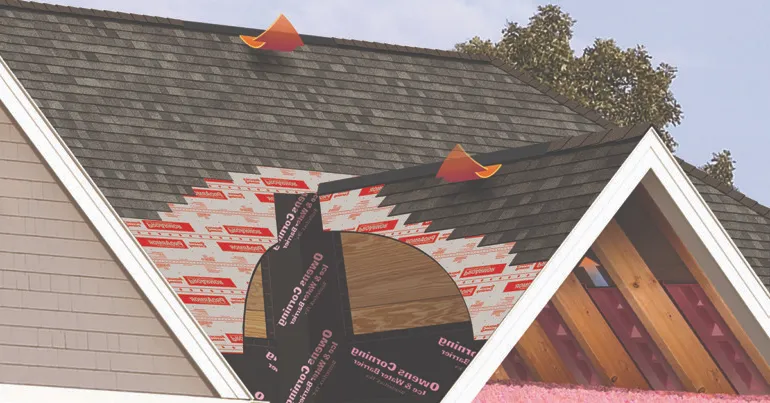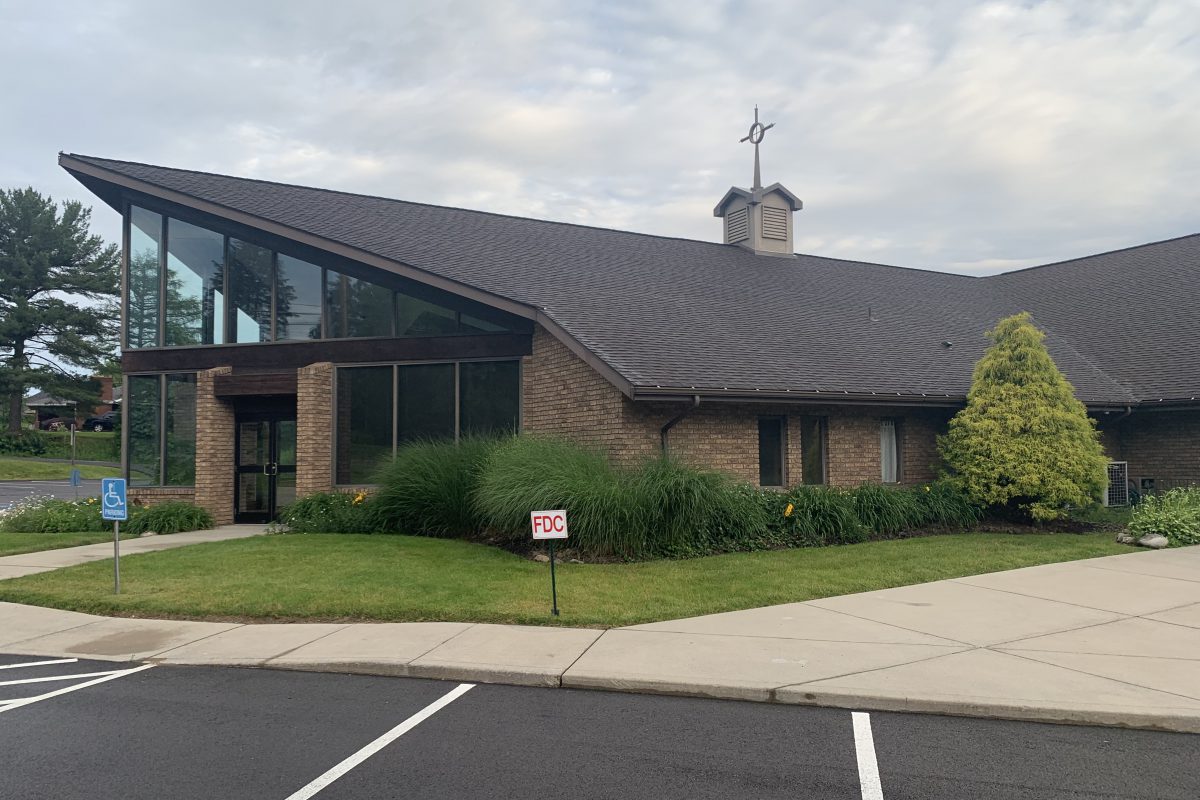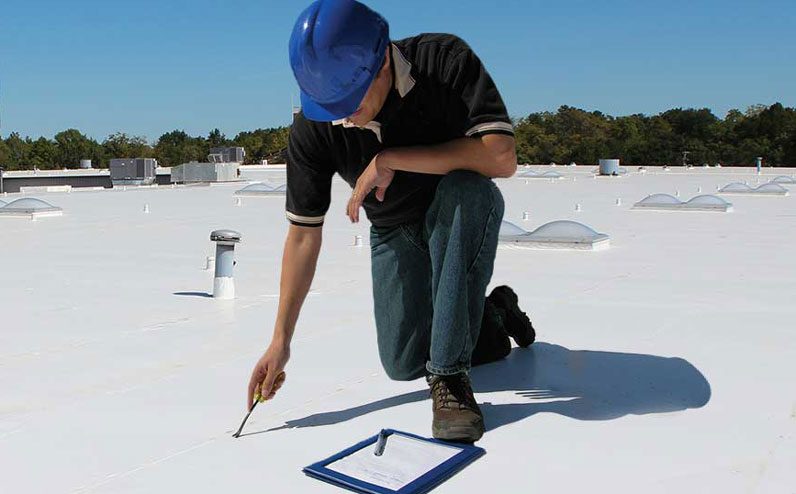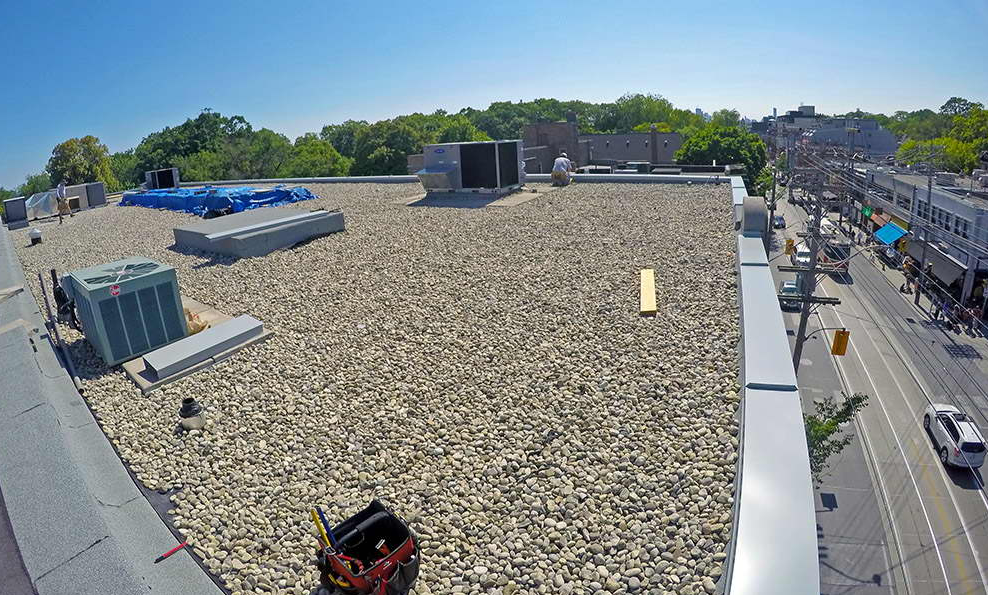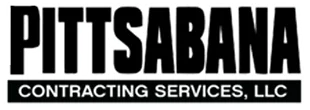As a leading contracting service in Pittsburgh, Pennsylvania, Pittsabana understands the importance of effective roofing solutions for commercial buildings. Commercial roofing systems play a crucial role in protecting the integrity of these structures while ensuring durability and longevity. In this article, we will explore the various types of commercial roofing systems available, providing insights into their features and benefits.
What is a Commercial Roofing System?
A commercial roofing system refers to the materials, components, and installation techniques used to create a weatherproof barrier on commercial buildings. These systems are designed to withstand the unique challenges of larger structures and offer superior protection against the elements. A well-designed commercial roofing system is essential for maintaining the integrity of the building and safeguarding its occupants.
Types of Commercial Roofing Systems
Built-Up Roofing (BUR)
Built-Up Roofing (BUR) is one of the oldest and most reliable types of commercial roofing systems. It consists of multiple layers of bitumen (asphalt or coal tar) alternated with reinforcing fabrics, typically fiberglass or polyester. The layers are then topped with a protective coating of gravel or a reflective surface. BUR systems offer excellent durability and resistance to fire, making them ideal for commercial buildings.
Single-Ply Roofing Membrane
Single-ply roofing membranes are lightweight and versatile, making them a popular choice for commercial roof systems. There are two main types:
Thermoplastic Olefin (TPO) Roofing
TPO roofing systems are highly energy-efficient and offer exceptional resistance to UV rays and chemical exposure. They are heat-welded during installation, creating a seamless, durable, and watertight roofing surface. TPO roofs are known for their long lifespan and cost-effectiveness.
Ethylene Propylene Diene Terpolymer (EPDM) Roofing
EPDM roofing membranes are made from synthetic rubber, known for their excellent weathering characteristics and resistance to hail and ozone damage. These roofs are typically installed using adhesives or mechanically fastened systems. EPDM roofs are highly durable, low-maintenance, and can last up to 30 years with proper care.
Metal Roofing
Metal roofing systems are renowned for their strength, longevity, and aesthetic appeal. They are available in various materials, including steel, aluminum, and copper. Metal roofs are lightweight, fire-resistant, and environmentally friendly. They can withstand extreme weather conditions and require minimal maintenance. Metal roofing can be installed as standing seam panels, metal shingles, or metal tiles, offering a wide range of design options.
Modified Bitumen Roofing
Modified bitumen roofing systems are a hybrid of BUR and single-ply roofing. They consist of reinforced asphalt membranes with added modifiers for enhanced durability and flexibility. Modified bitumen roofs can be installed using heat-welded, cold-applied, or self-adhered methods. These roofs offer excellent resistance to punctures, tears, and extreme weather conditions.
Green Roofing
Green roofing systems, also known as vegetative or eco-roofs, are gaining popularity due to their environmental benefits. These roofs feature a layer of vegetation, providing insulation, reducing stormwater runoff, and improving air quality. Green roofs require specialized design and installation techniques to ensure proper drainage and structural support.
Conclusion
Choosing the right commercial roofing system is crucial for the long-term performance and protection of commercial buildings. The types of commercial roofing systems discussed in this article provide a range of options to meet various needs and preferences. Whether you opt for the durability of built-up roofing, the versatility of single-ply membranes, the strength of metal roofs, the flexibility of modified bitumen, or the sustainability of green roofs, Pittsabana is equipped to deliver effective solutions tailored to your requirements. Remember, each commercial roofing system has its unique benefits, and the choice should be based on factors such as budget, building structure, climate, and desired longevity. Contact Pittsabana today to discuss your commercial roofing needs and benefit from our expertise in delivering top-notch roofing and guttering solutions.


